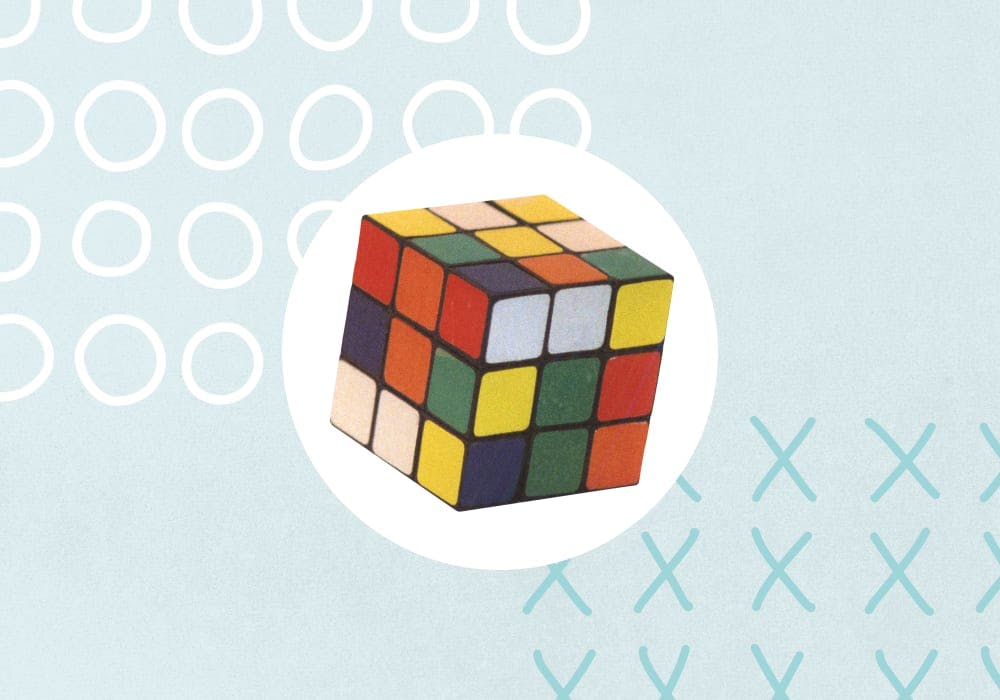The Collective Joy of Unearthing the Right Problem to Solve

Sometimes clients come to us with self-diagnosed problems and self-prescribed solutions, and we find ourselves at an interesting crossroads at the earliest stages of the agency/client relationship: we either take their diagnosis at face value, or we push back, adding necessary but sometimes unwanted tension to the relationship from the start—by questioning how they arrived at their conclusion in the first place.
Perhaps it seems logical that organizations would approach us with a problem and solution in mind. But the issue is that seldom are organizations correct in their initial assumptions.
We’ve learned over the years that questioning the validity of a client’s self-diagnosis often leads to a mutually beneficial result, which is a shared joy at unearthing the right problem to solve.
It’s an exciting moment that perhaps no one saw coming—and in many cases, it’s the hidden catalyst that sparks real, fundamental change, regardless of whether that change is related to revenue, lead generation, customer acquisition, or messaging.
The problem may indeed turn out to be exactly what the client suggested at the onset and be rooted in brand-architecture issues, or unclear positioning, or a marketing approach that caters to audience behaviors that have changed over time, but knowing (and agreeing on) the true challenge we’re trying to address is critical.
Yes, a client may need a new brand identity or a new website, but those are solutions best arrived at after we’ve collaboratively analyzed the organization’s current state and compared it to the organization’s desired future state.
By its very nature, problem solving is difficult, but it’s made more difficult when we don’t take time to analyze and problem frame early in the process to ensure we’re lasering in on the right problem to solve.
And we can tell you from experience that solving the wrong problem, which often comes at great cost to everyone involved, leads not to joy, but to its opposite.
Which is something, to be sure, we’d all be wise to avoid.


